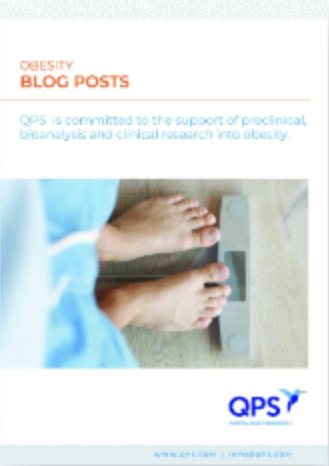The 5xFAD mouse is a popular rodent model in the preclinical Alzheimer’s disease research community. Recently, research performed on 5xFAD mice benefited Shanghai-based company Green Valley’s drug candidate Oligomannate, which was approved for clinical use in mild to moderate Alzheimer’s disease in China. In addition, 5xFAD mice were an integral part of another potentially important study in Alzheimer’s research. Led by MIT, the study used only light and sound to partially clear the mice’s brains of tangles and clumps of tau and amyloid proteins, which contribute to Alzheimer’s disease. Although there is no cure for Alzheimer’s disease, this new research offers hope.

Published in March 2019 in Cell under the title “Multi-sensory Gamma Stimulation Ameliorates Alzheimer’s-Associated Pathology and Improves Cognition,” the study relied on 5xFAD mice, a commonly used model that is genetically altered to develop the key symptoms and pathology of Alzheimer’s disease. Then, the researchers introduced the mice to strobe lights and low-pitched buzzing, which were used to recreate brain waves. Those brain waves removed plaques and improved the cognitive function of the mice.
This is not the first study to explore how light might heal people suffering from dementia. In fact, it makes progress on a previous study in which researchers flashed light at a speed of 40 pulses per second into the eyes of mice engineered to suffer from a version of Alzheimer’s disease. It is also not the first study to investigate how sound may play a role in clearing the brain of the tau and amyloid proteins partially responsible for Alzheimer’s disease. Previous studies conducted by Australian researchers explored how bursts of ultrasound might reverse the symptoms of Alzheimer’s disease in mice. This study was, however, the first to combine light and sound.
Through the combination of light and sound therapies, the researchers were able to produce impressive results. The combination of visual and auditory stimulation didn’t just affect the brain chemistry of the mice; it also helped the mice perform better in a range of cognitive tasks.
The results of this research are encouraging, but it’s important to keep in mind that brain waves work differently in humans and mice. While the potential treatment has not yet been used in clinical trials in humans, researchers hope to develop it into an inexpensive and noninvasive treatment for Alzheimer’s disease.
QPS is proud to offer studies in 5xFAD mice – the same mice that researchers used in this exciting study. Created by combining five mutations related to Alzheimer’s disease, 5xFAD mice are used in a variety of studies and may someday help researchers discover a cure for Alzheimer’s disease.
Since 1995, QPS has provided discovery, preclinical, and clinical drug development services. An award-winning leader focused on bioanalytics and clinical trials, QPS is known for proven quality standards, technical expertise, a flexible approach to research, client satisfaction and turnkey laboratories and facilities. For more information, visit www.qps.com or email [email protected].





